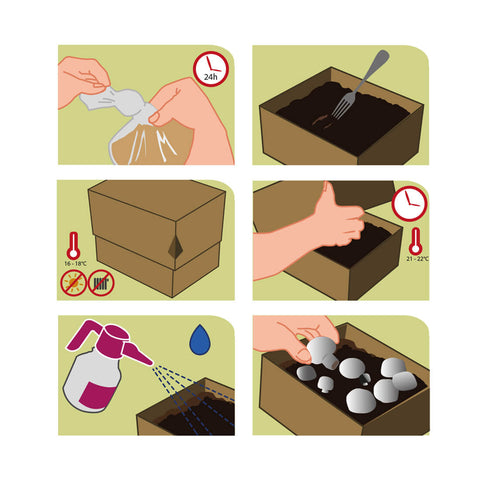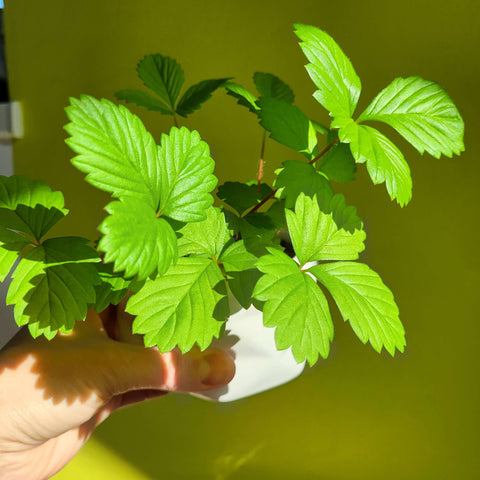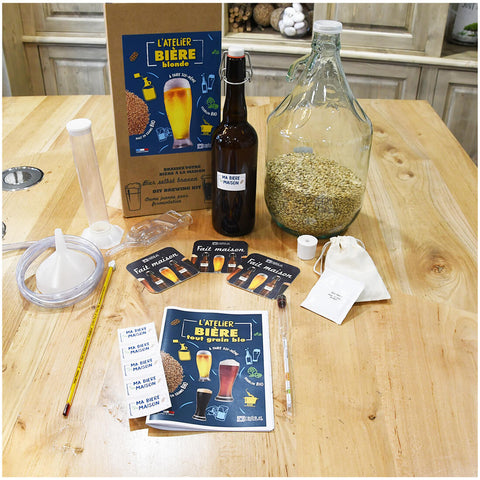Growing mushrooms at home is an interesting and rewarding hobby that can bring an abundance of fresh mushrooms right from your home. This article will provide a detailed insight into the mushroom growing process, focusing on key aspects such as space preparation, choosing the right type of mushroom, care, harvesting and maintaining the mushroom culture.
Growing mushrooms at home is a process that requires an understanding of the basic needs of mushrooms, including the right environment, nutrient medium, and moisture. Mushrooms are not like typical plants; they do not need light for photosynthesis but grow from mycelium in dark, moist conditions.
Important factors in mushroom cultivation
🌿 Room preparation
The beginning of mushroom cultivation begins with the preparation of a suitable space. The ideal place for growing mushrooms is a dark, cool (between 15°C and 24°C) and humid environment, such as a basement, garage or special grow tents. The room must be clean and draft-free to prevent contamination by foreign microorganisms.
Insulation and cleaning
Before setting up a mushroom environment, it is crucial to thoroughly clean the area and isolate it if necessary to reduce the possibility of contamination.
🌿 Choosing a type of mushroom
There are many types of mushrooms that are suitable for home cultivation, including champignons, oyster mushrooms, shiitake mushrooms, and oyster mushrooms. Each type has its own specific requirements in terms of environment and nutrient substrate.
Analysis and selection
Choosing the right type of mushroom will be based on your taste preferences, available space and your ability to maintain the necessary conditions.
🌿 Preparation of nutrient substrate
Mushrooms grow on nutrient substrates consisting of various organic materials such as sawdust, straw, coffee grounds or compost. The substrate must be sterilized or pasteurized to prevent the development of unwanted microorganisms.
Sterilization and inoculation
Sterilization is essential for successful mushroom cultivation as it prevents contamination. Sterilization is followed by inoculation of the substrate with the mycelium of the selected mushroom species.
🌿 Care and maintenance
After inoculating the substrate, it is important to ensure optimal conditions for the growth of mycelium, and later for the development of fungi . This includes maintaining constant humidity, temperature, and ventilation of the room.
Humidification and ventilation
Regular spraying with a spray bottle and providing fresh air will help the development of mycelium and the formation of mushrooms.
🌿 Harvest
When the mushrooms are ripe, they must be harvested properly to avoid damaging the mycelium. Harvesting is most often done by hand, by gently twisting and pulling the mushrooms out of the substrate.
Harvesting techniques
Proper picking technique is key to ensuring the continued productivity of your mushrooms.
🌿 Substrate reuse and crop rotation
After harvesting your first mushrooms, it is important to consider reusing the substrate and crop rotation. A substrate that has already been used for mushroom cultivation may still contain active mycelium that can produce multiple crops if maintained properly. However, for long-term productivity and disease and pest prevention, crop rotation and occasional substrate replacement are recommended.
🌿 Prevention and management of problems
Various problems can arise when growing mushrooms at home, including substrate contamination, irregular mushroom growth, or pest infestation. Timely recognition and response to these problems is essential for a healthy and productive mushroom environment.
Contamination
Contamination of the substrate with other molds or bacteria is a common problem. To prevent contamination, it is important to maintain a clean work environment, sterilize tools and substrate, and regularly monitor the conditions in the room where you grow mushrooms.
Pests
Pests such as flies, mites and other insects can be a problem in a mushroom environment. Physical barriers such as mosquito nets or electric insecticides and regular cleaning can help control these pests.
🌿 Optimizing growth conditions
Continuous monitoring and optimization of growing conditions such as temperature, humidity, ventilation, and nutrient medium are essential for maximum productivity and mushroom health. Experimenting with different substrates or adjusting growing conditions can lead to better results.
What type of mushroom is best for growing mushrooms at home?
Growing champignons at home is one of the most popular forms of mushroom cultivation, as champignons (Agaricus bisporus) are relatively easy to grow and do not require much special equipment. In addition, champignons provide a rich flavor and are a great addition to a variety of culinary dishes. Below is a detailed guide to successfully growing champignons at home.
Mushrooms thrive in dark, cool, and moist conditions. The ideal temperature for mushroom growth is between 15°C and 18°C. Choose an area, such as a basement or a dark corner of your home, where you can control these conditions. The area should be kept clean to reduce the chance of contamination.
There are mushroom growing kits available that provide you with ready-made mycelium for growing mushrooms. Your job is to start the growth process, place it in a dark, cool place, and wait for the first "white buds" to appear.
Mushrooms thrive in a rich organic medium. Compost or horse manure mixed with sawdust or straw is an excellent choice. The medium must be sterilized before inoculation to prevent the growth of unwanted microorganisms. Sterilization can be done with steam or chemical agents.
You can read more about growing mushrooms here:
https://gardenshop.hr/products/set-uzgoj-gliva-bijelih-sampinjona-paris?_pos=1&_sid=7f7ab57f2&_ss=r
Growing mushrooms is a simple process, so grow them together with your children. They will be delighted!
Growing mushrooms at home can be an extremely satisfying activity that not only provides fresh mushrooms for your kitchen, but also offers a unique insight into the beautiful world of mycelium and fungi. With proper preparation, care, and maintenance, even beginners can successfully grow mushrooms and enjoy bountiful harvests. The key to success is understanding the needs of the specific type of mushroom you are growing, and constantly learning and adjusting your growing methods to ensure the best possible conditions for their growth.



